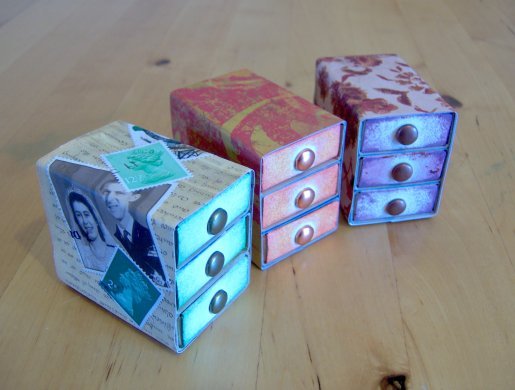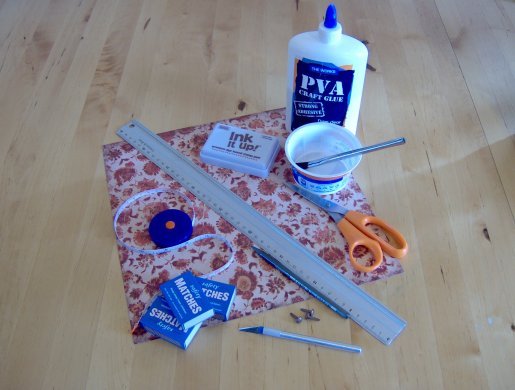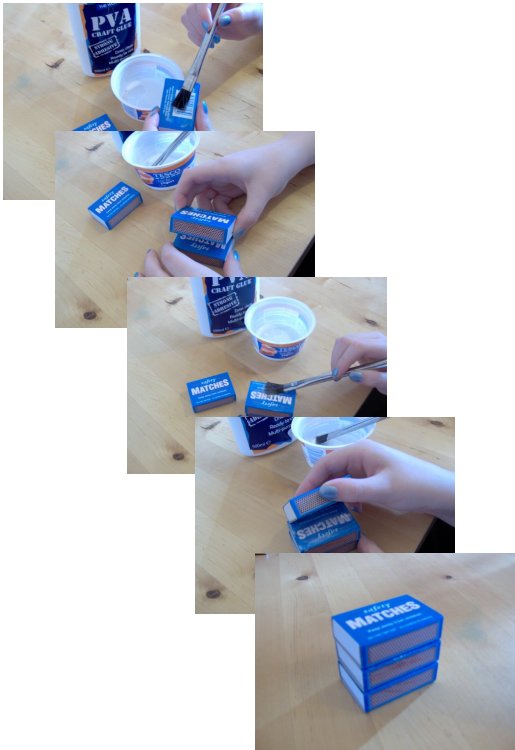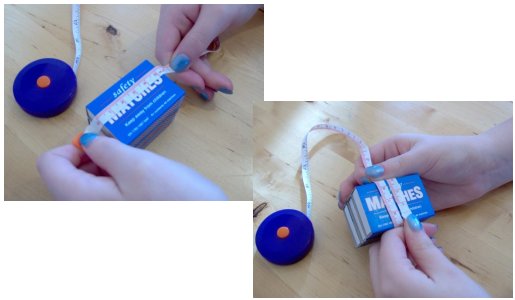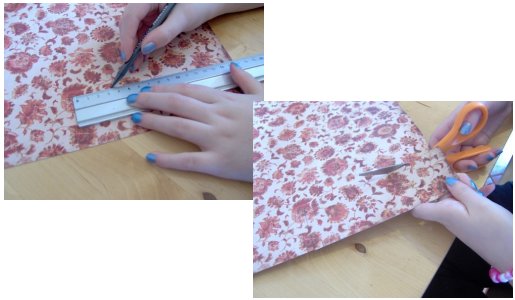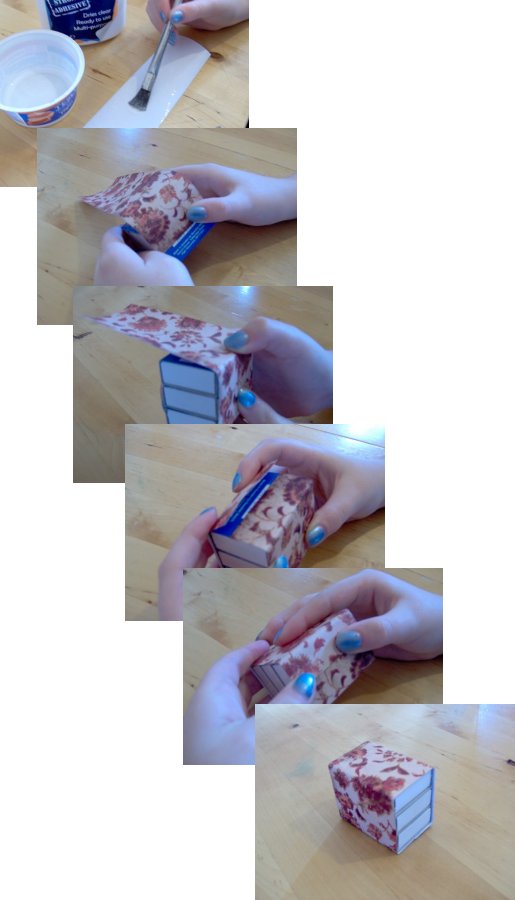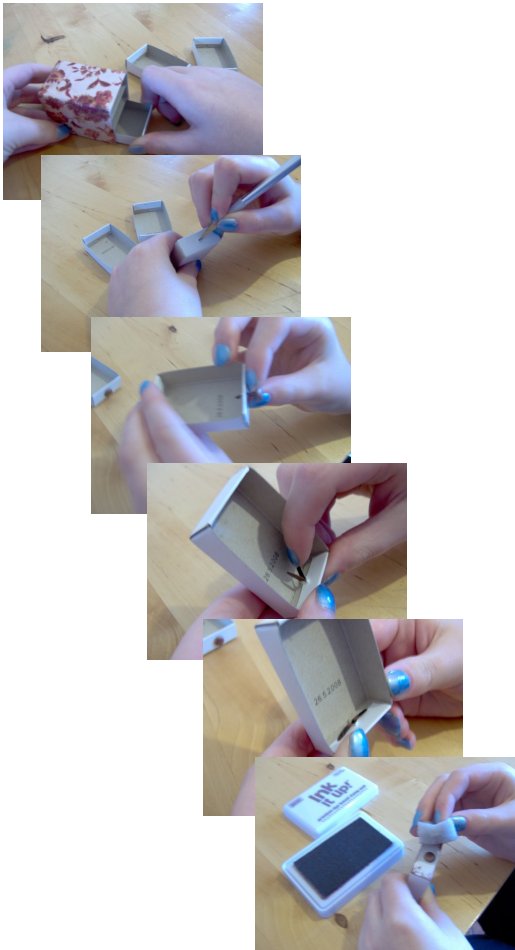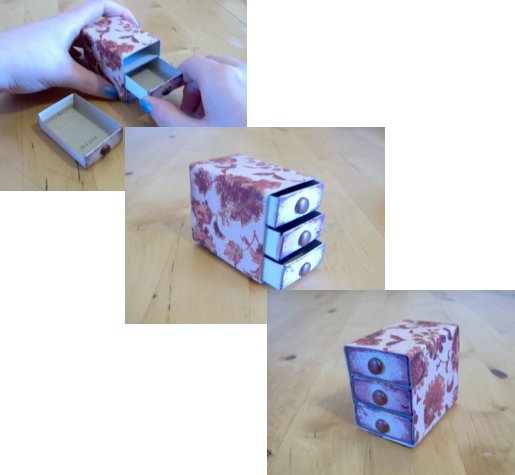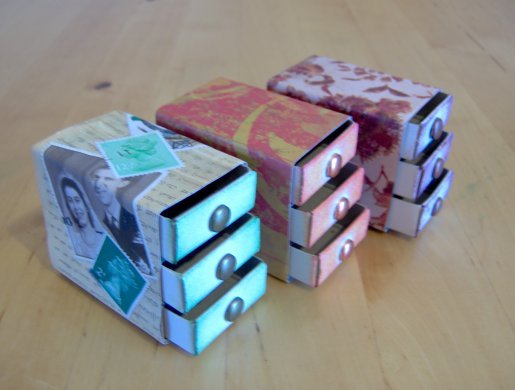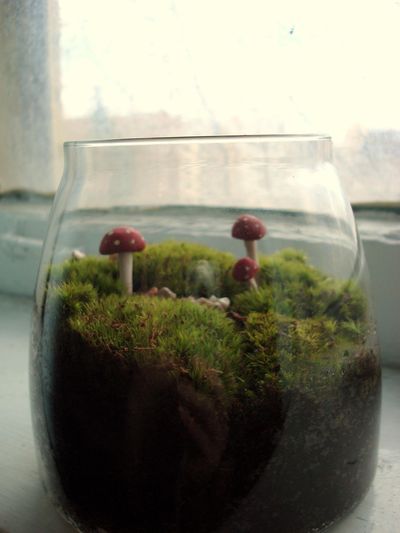
Hey everyone! I’m Nicole of Lillyella and I’m thrilled to be stepping in on Scoutie Girl this week to share a fun and easy post-holiday craft project with you. I’m sure I am not the only one who cringes just a bit when it’s time to throw away all the pretty holiday cards you received throughout the season, so today I’m going to show you how to make a lovely keepsake ornament out of them.

What you’ll need:
- Greeting cards
- Hole punch, 1″ – 2″ (I used 1.5″)
- Clear drying craft glue
- Cardboard
- Ribbon or cord
- Ruler
- X-acto knife
 Begin by punching circles from your cards. If you do not have a hole punch, you can use something round to trace around, then cut them out by hand. You will need 20 circles for each ornament.
Next draw an equilateral triangle the size of your circles. Click here to download a printable PDF of triangles for 1″, 1.5″ and 2″ circles.
Cut the triangle out of a piece of thick cardboard.
Begin by punching circles from your cards. If you do not have a hole punch, you can use something round to trace around, then cut them out by hand. You will need 20 circles for each ornament.
Next draw an equilateral triangle the size of your circles. Click here to download a printable PDF of triangles for 1″, 1.5″ and 2″ circles.
Cut the triangle out of a piece of thick cardboard.
 On the back of each circle, trace around the triangle. Using a straight edge and an X-Acto knife, score each line by gently cutting into the paper, but not all the way through. You can also use a scoring tool. Fold the three sides up as shown.
On the back of each circle, trace around the triangle. Using a straight edge and an X-Acto knife, score each line by gently cutting into the paper, but not all the way through. You can also use a scoring tool. Fold the three sides up as shown.
 To form the ornament, begin by gluing 5 circles together with the points of the triangles all facing the same direction. This will be the top.
Make a loop out of ribbon or cord for hanging the ornament and thread it through the middle of the five circles before the glue dries.
Glue another five circles together to form the bottom.
To form the ornament, begin by gluing 5 circles together with the points of the triangles all facing the same direction. This will be the top.
Make a loop out of ribbon or cord for hanging the ornament and thread it through the middle of the five circles before the glue dries.
Glue another five circles together to form the bottom.
 Next, glue the 10 remaining circles together, side by side with points in opposite directions. Then join the last circle to the first. This will form the middle of the ornament.
Glue on the bottom followed by the top and you’re done!
Next, glue the 10 remaining circles together, side by side with points in opposite directions. Then join the last circle to the first. This will form the middle of the ornament.
Glue on the bottom followed by the top and you’re done!
 Hang this pretty little ornament on your tree or a doorknob, or make it without the ribbon loop to display on a shelf or table. Make a few in different sizes for a nice display or even fill them with scented herbs before gluing the top on.
You can make this keepsake anytime of year using birthday and anniversary cards, or even decorative papers — get creative!
CREDIT: Scoutie Girl
Hang this pretty little ornament on your tree or a doorknob, or make it without the ribbon loop to display on a shelf or table. Make a few in different sizes for a nice display or even fill them with scented herbs before gluing the top on.
You can make this keepsake anytime of year using birthday and anniversary cards, or even decorative papers — get creative!
CREDIT: Scoutie Girl 